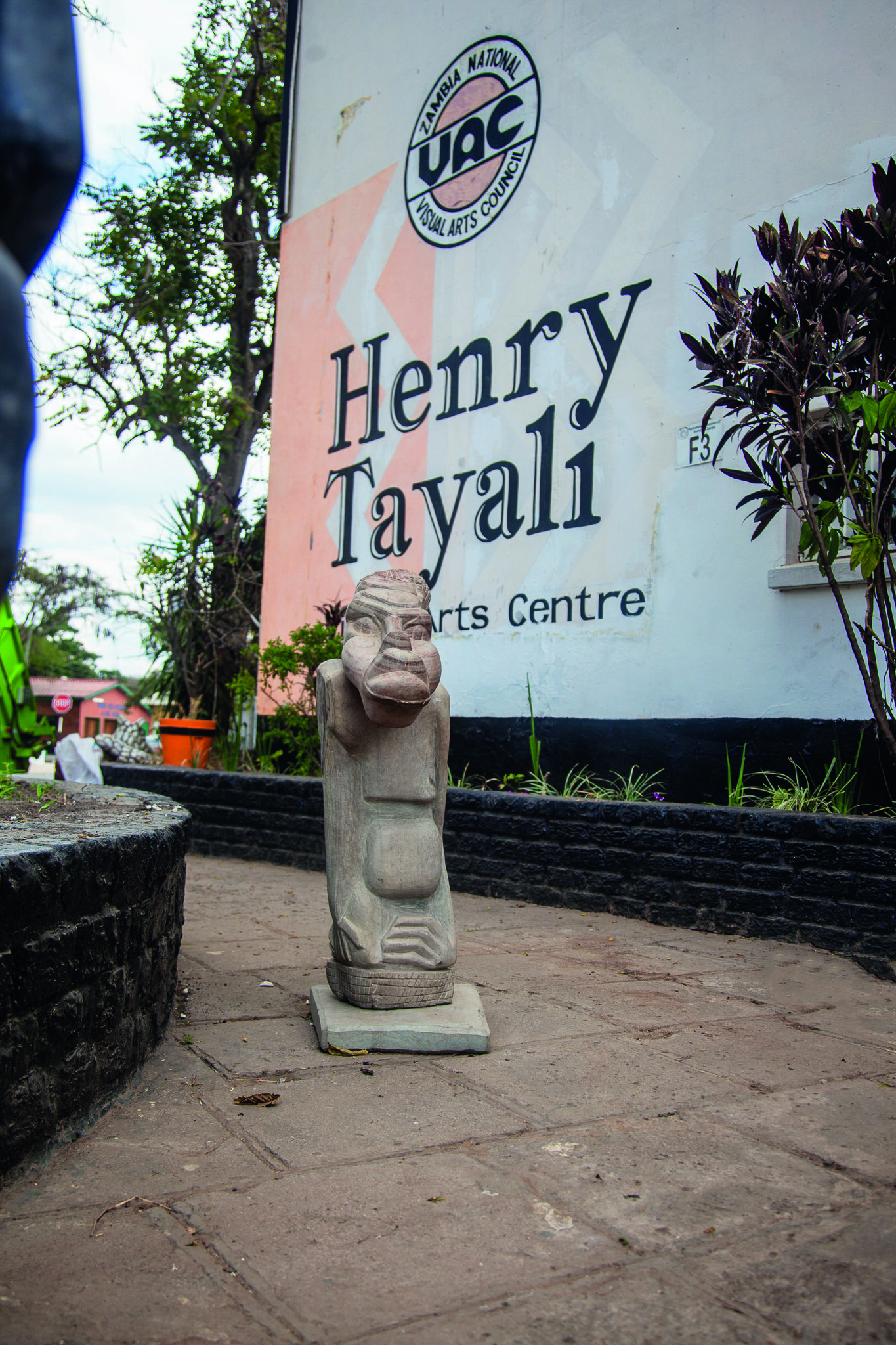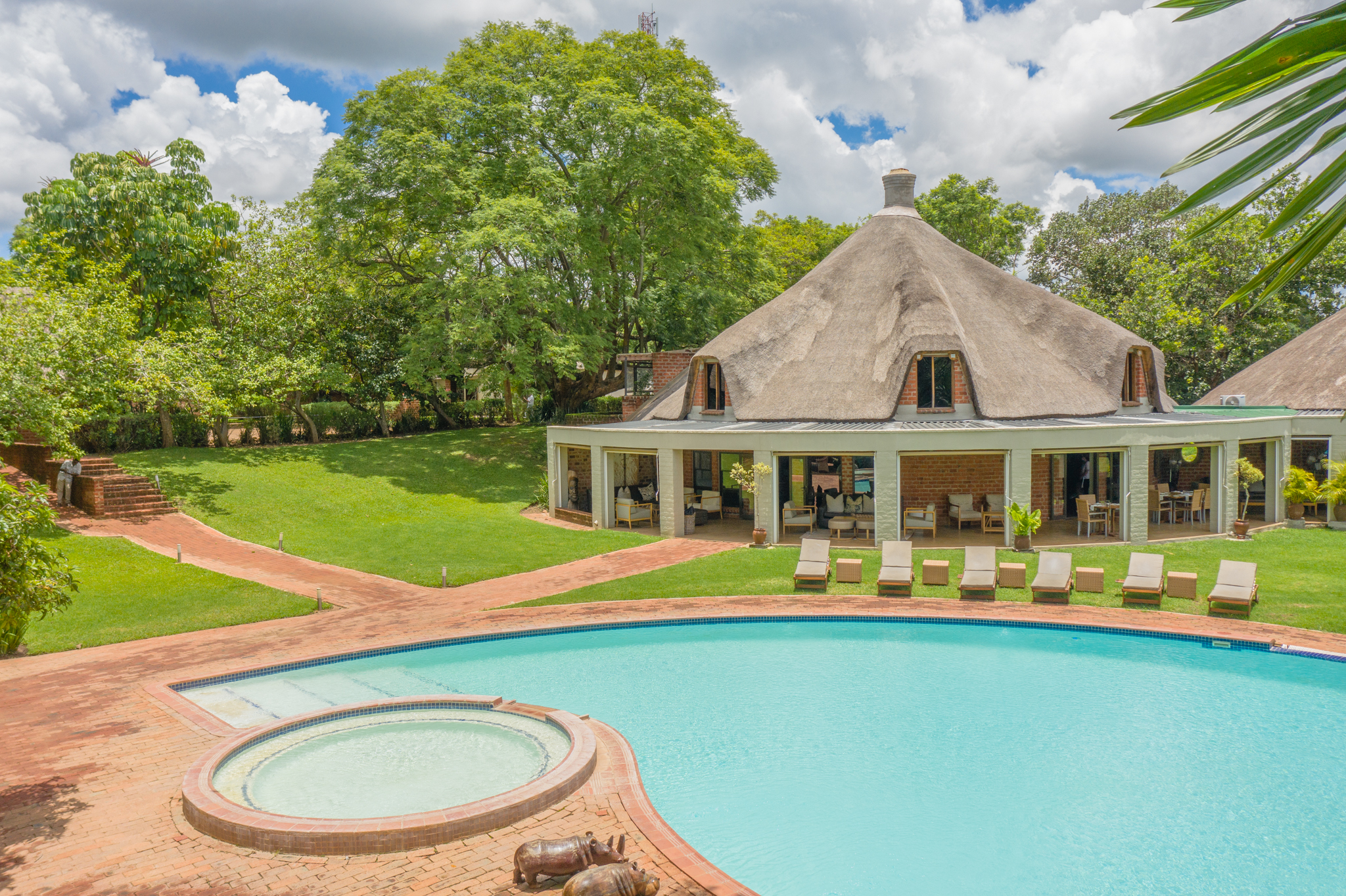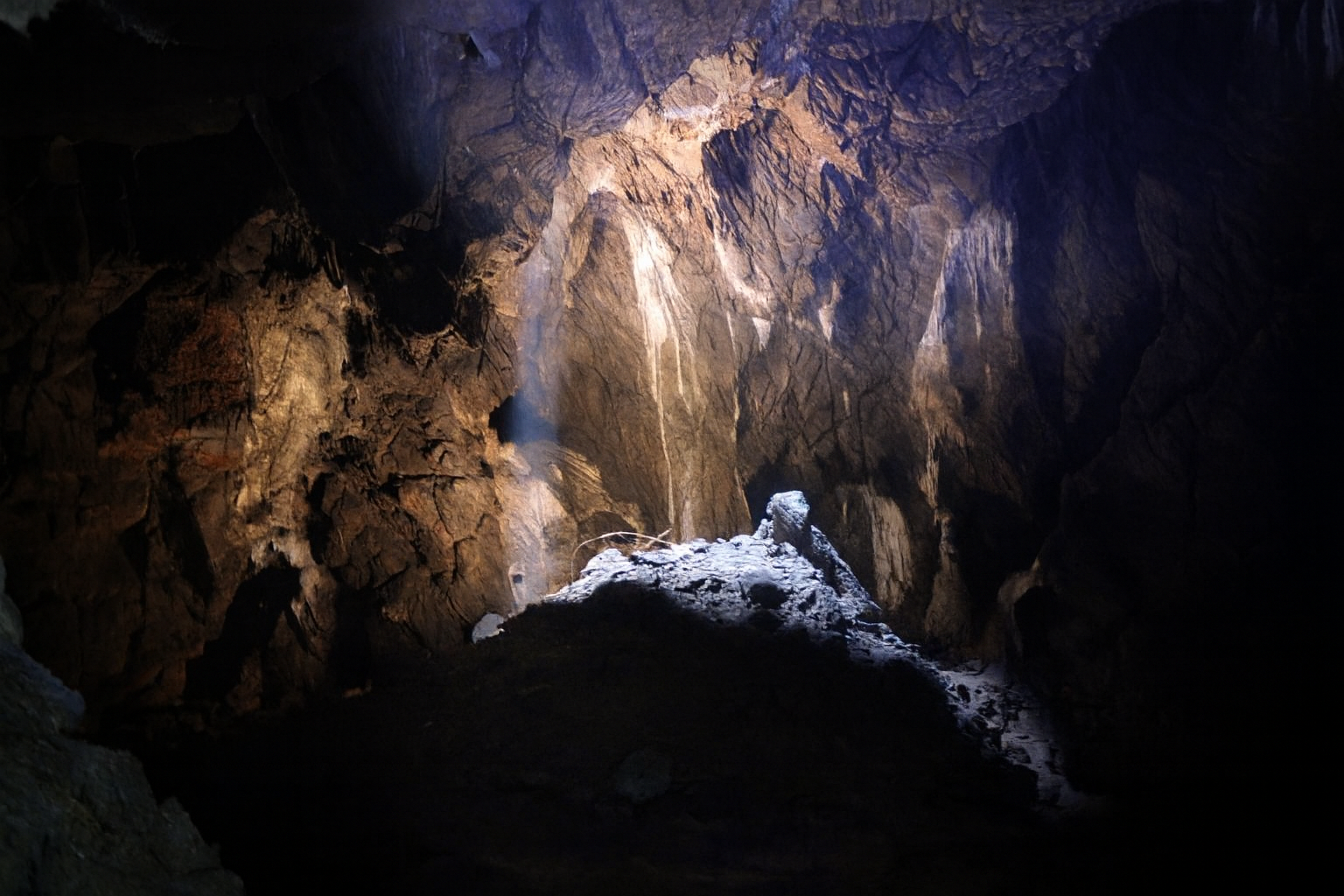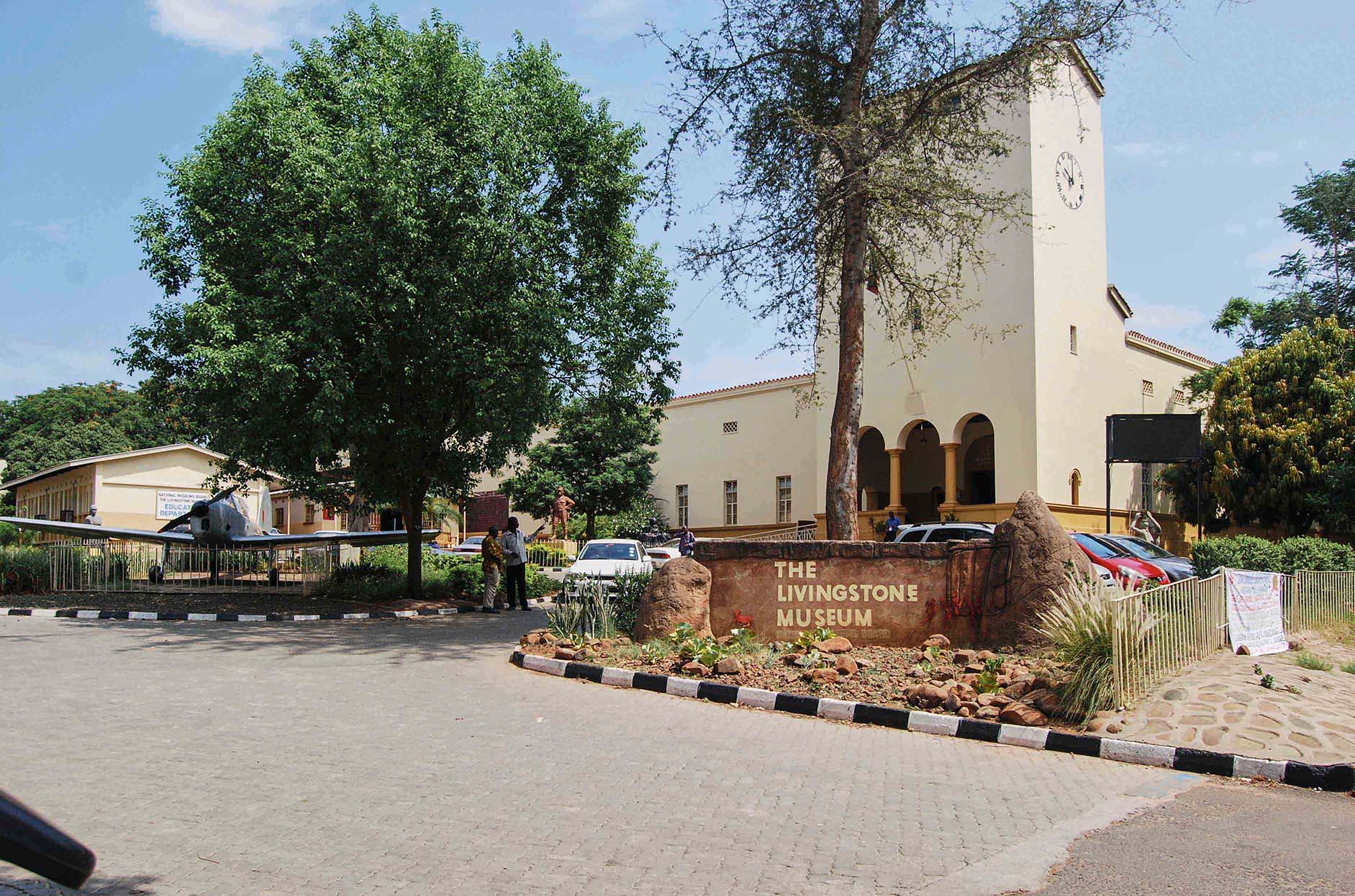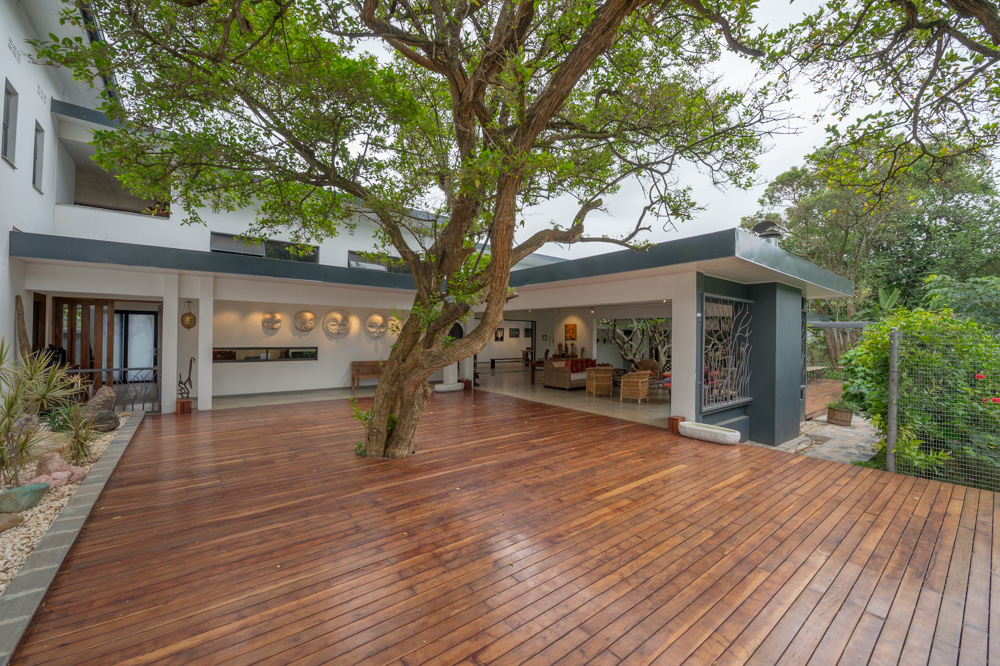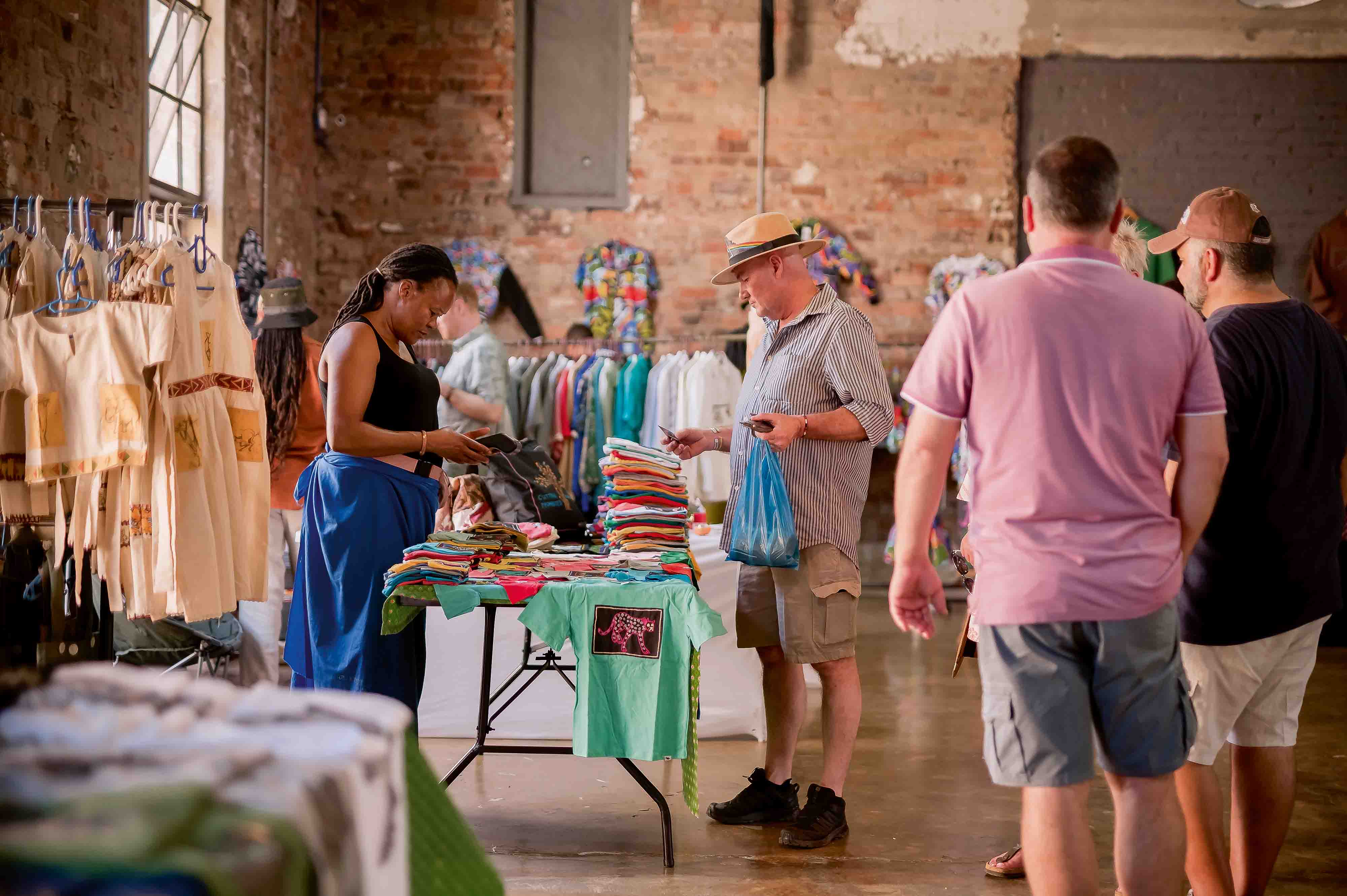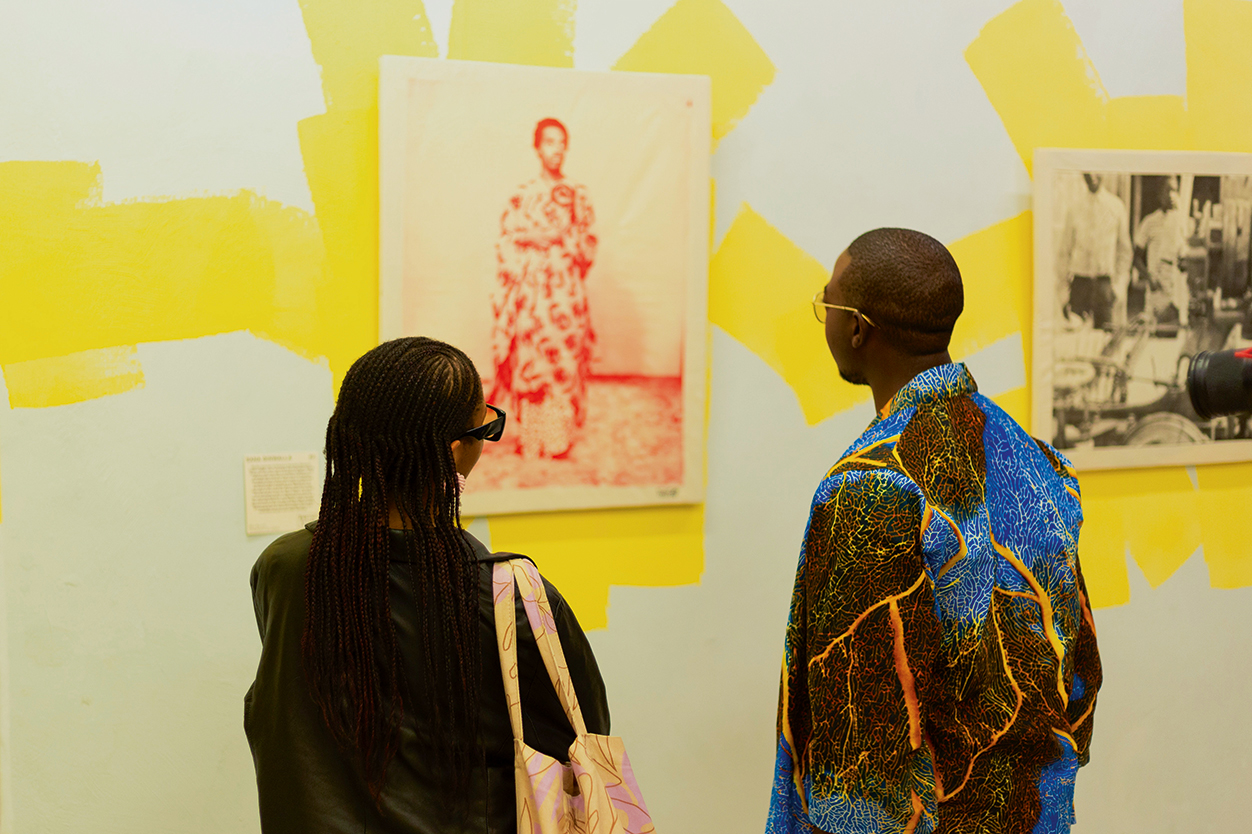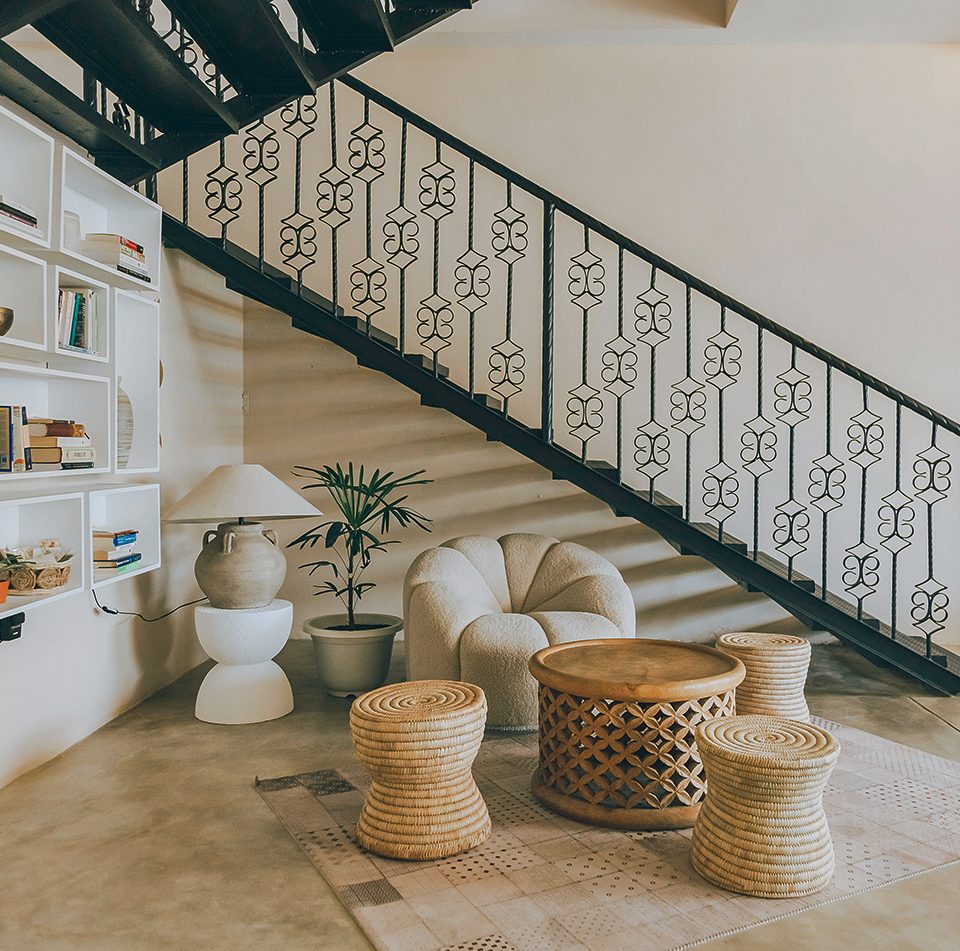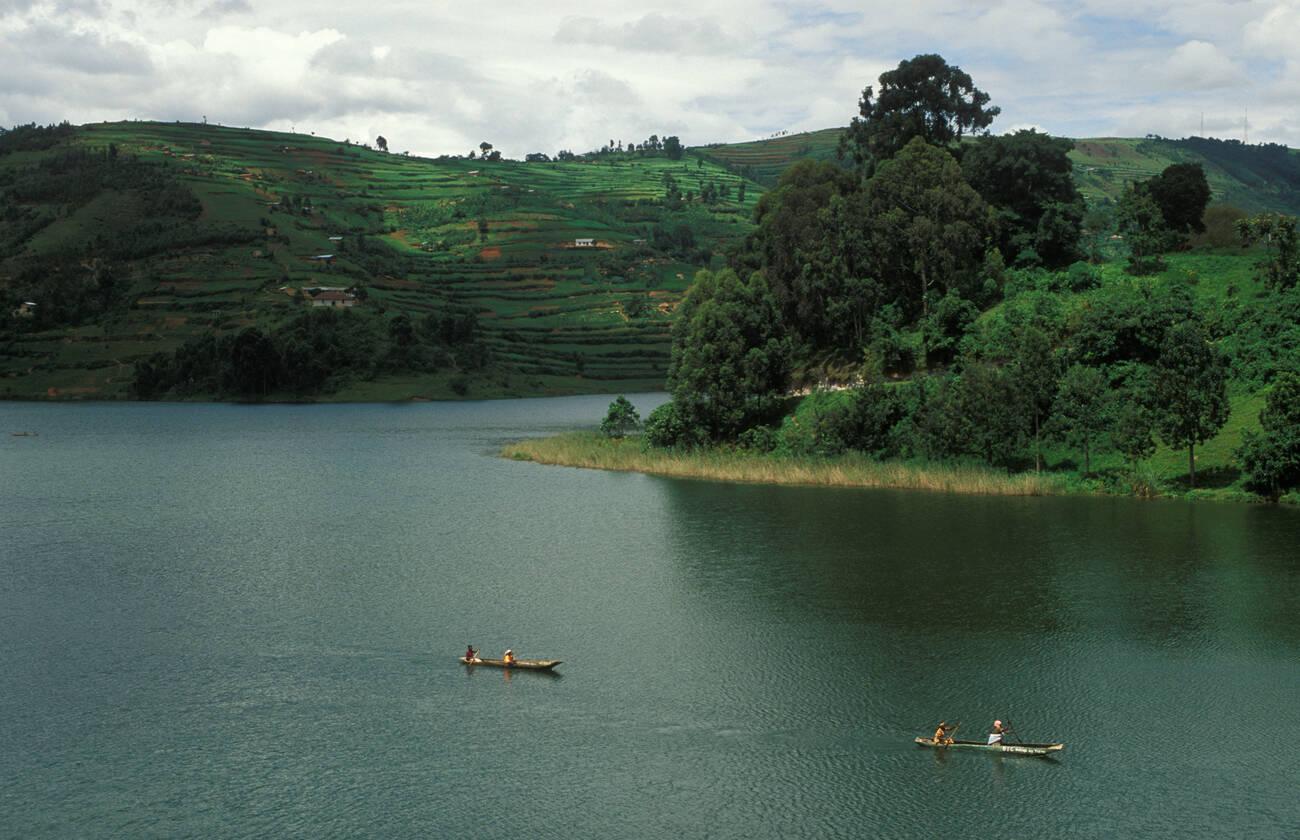
When it comes to visual art, the aspect of the space is often half as important as that of the art type. This is as true in Zambia as it is the world over.
One of the most critical and highly lauded places displaying art for the public in Zambia, sitting in a space repurposed from a tobacco shed and warehouse in Lusaka’s Agricultural & Commercial Society Showgrounds, is the Henry Tayali Art Gallery. The gallery displays the best of Zambia’s version of modernist and post-modernist art expression in abstract painting, sculpture, and printmaking techniques, as employed by the artist after whom the gallery got its name, the late Henry Tayali (1943-1987).

Growing up in Bulawayo in the then federated Rhodesia back in pre-independence Zambia, Tayali showed strong expressive artistic ability, which later earned him a bachelor of fine art at Makerere University in Uganda and a postgraduate degree from Kunstakademie Dusseldorf in Germany.
Tayali’s artistic creativity was influenced by colonial repression and exploitation in pre-1964 Zambia. Post-1964, Tayali’s mission in life was to shed light on black nationalism by drawing inspiration from his immediate social environment using tools that naturally availed his artistic creativity.
Tayali subscribed to a notion of shared care and responsibility for works of art. His mind’s eye and enthusiasm for creating a structured formal art education program in Zambia can be best described in Curatorial Feelings by Eloise Sweetman, “Art eases us into coming to terms with ‘not knowing’ through becoming with the world in an intimate way.” Art shows us that we are continually breaking, iteratively, and continuously coming back together, art’s role, and so, in turn, the exhibitions and institutions are to be the space of ‘not knowing and to celebrate and challenge different ways of working and living. Exhibitions and institutions should not fill the gap of ‘not knowing; they are the gap.
Upon his passing in 1987, the then-named Society’s Art Exhibition Hall in the Showgrounds was renamed Henry Tayali Art Gallery in honor of his contributions to the growth of visual art in Zambia. Today, the gallery doubles as secretariat for the Zambia National Visual Arts Council (VAC), which opened in 1995, following rigorous lobbying by an artist collective led by the late Martin Phiri.
Under the motto “By the artists, for the artists”, the Henry Tayali Gallery accords exhibition space to member artists, and studio and meeting spaces confirmed VAC National Secretary and artist Mulenga Chafilwa. It also houses a dark room for analog and black-and-white photo processing, a frame-making machine, and a documentation and archiving department containing data going back to the mid-1990s on at least 600 national and institutional artists countrywide, including practitioners in more traditional forms of basketry and weaving.
The outside of the gallery contains several sculptures. Once you enter, you will find a large yet intimate circular-shaped gallery space centrally positioned to serve as a raised performance stage, additional display area, or a vantage viewing platform under a high-hung ceiling. This was designed to enhance the visual and auditory experience. The concrete used as the primary construction material of the gallery’s physical space denotes some quality of permanence and resilience in Zambian visual arts. Its interior character also appears to be a subtle suggestion to expect the unexpected in the works on show.

As a rule, all exhibitions at Henry Tayali Gallery are decided a year prior, allowing for adequate planning on application by the intended artist. The VAC Exhibitions Subcommittee scrutinises submissions, and where slots are untaken, filler exhibitions from available VAC member works are mounted in the gallery space.
There are currently a variety of fillers from artists displaying canvas paintings in abstract work, such as Emmanuel Siatwinda’s Marketplace, A social commentary on the inspirational resilience in the face of everyday heat and dust struggles by the slum-dwelling woman. And Mulenga J. Mulenga’s When We Were Kings Series was inspired by the Gule wa-Mkulu performance and the pageantry in the exhortation of ancient Africa’s denied glorious past, among others.

The Henry Tayali Art Gallery is centrally located and is close to well-known landmarks and malls. After exploring the usual popular places, head to Henry Tayali Gallery for some artistic exploration. The Showgrounds where the gallery is located has a lot to offer. Before starting your tour, you can explore the various restaurants and enjoy a delicious meal. Few things are more rewarding than starting or adding to your collection of local art. However, gallery visits are relaxing whether or not you purchase any artwork and can inspire creativity and offer a window into local cultures and customs.

Facts Facts
– Henry Tayali Art Gallery is Zambia’s de-facto national gallery and is run by the Zambia National Visual Arts Council (VAC).
– VAC is a visual arts association affiliated with the National Arts Council (NAC), the grant-aided policy and regulatory quasi-government body under the Ministry of Youth, Sport and Arts.
– VAC celebrated its 30th anniversary in September 2022.
– With national chapter representation at provincial and district levels, VAC revived its monthly Artists Get Together Talks & Networking Sessions at Henry Tayali Gallery, effective August 2022
– Membership at the individual level is open to interested individuals, which is a great way to support the gallery.
– The gallery is open Monday to Friday from 09-17hrs and Saturdays from 10-16hrs. It is closed on Sundays.
– The gallery contact numbers are (+260)977 576 511 and (+260)977 845 551, and interested individuals can request to be included on the gallery’s mailing list for updates on events and activities.
